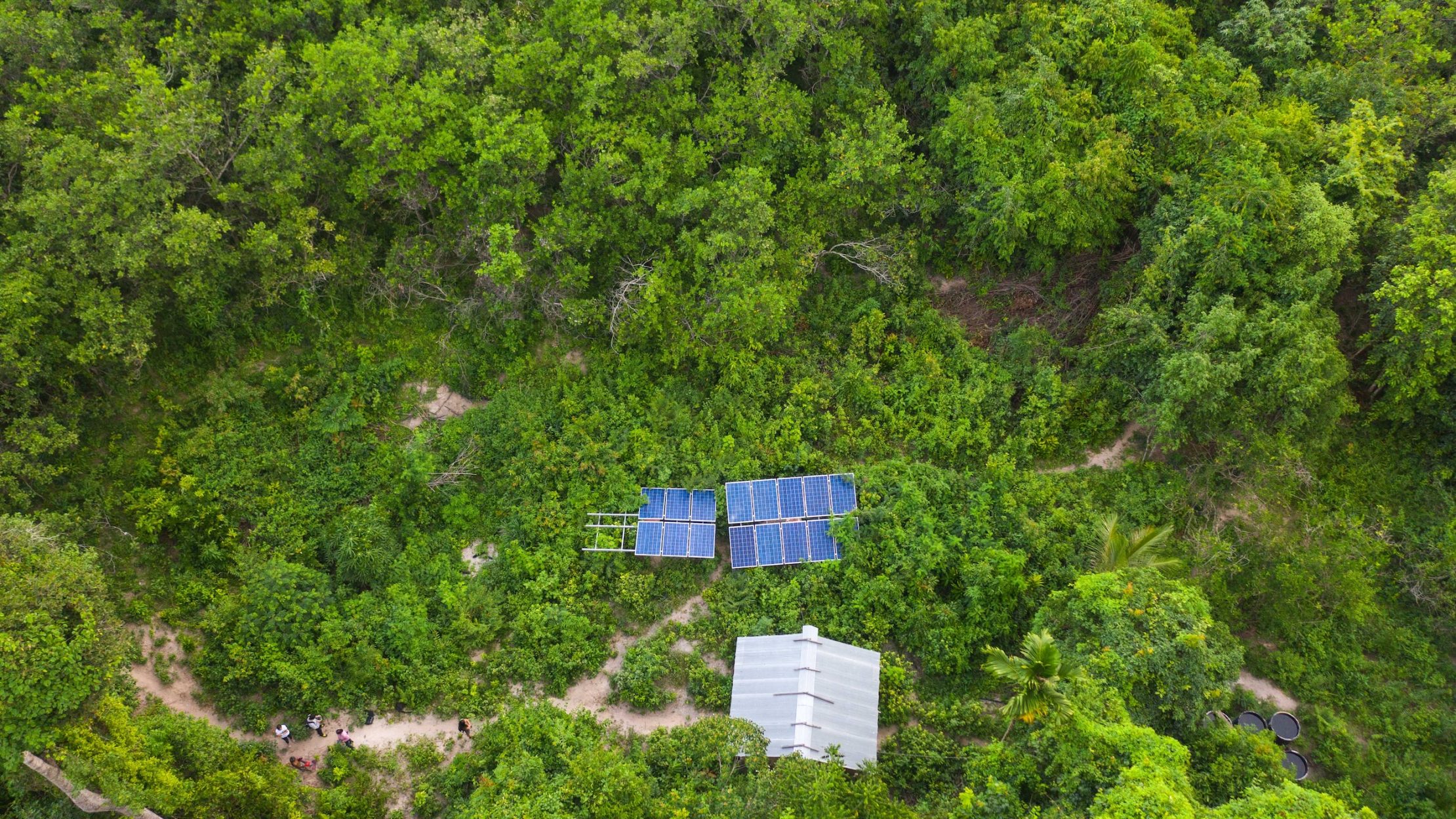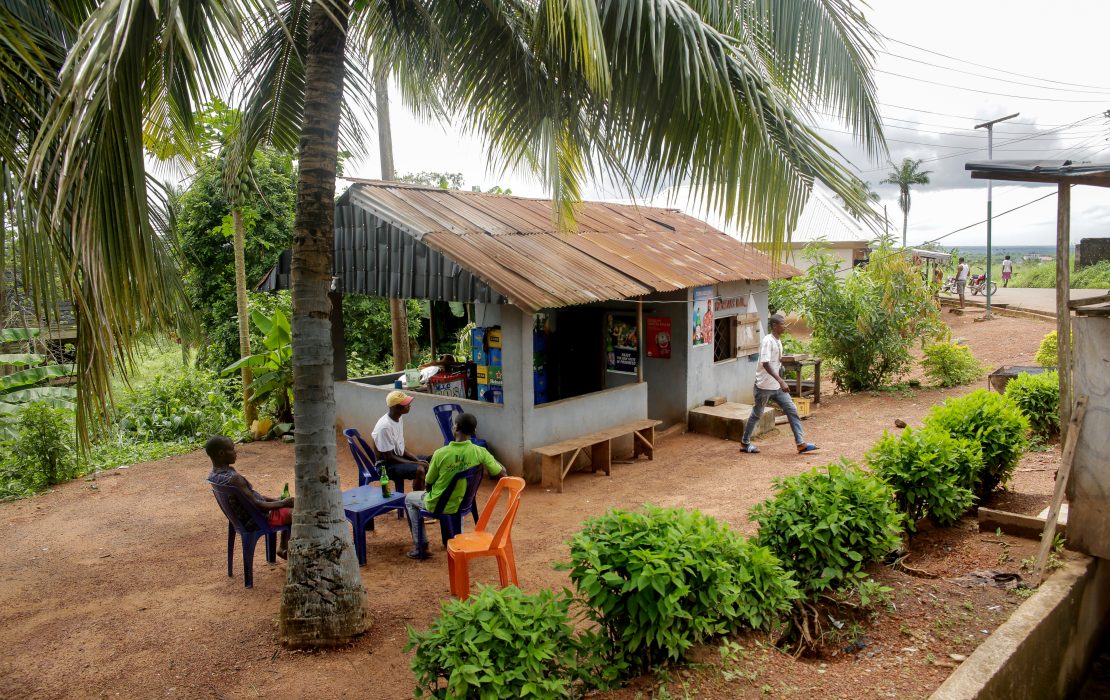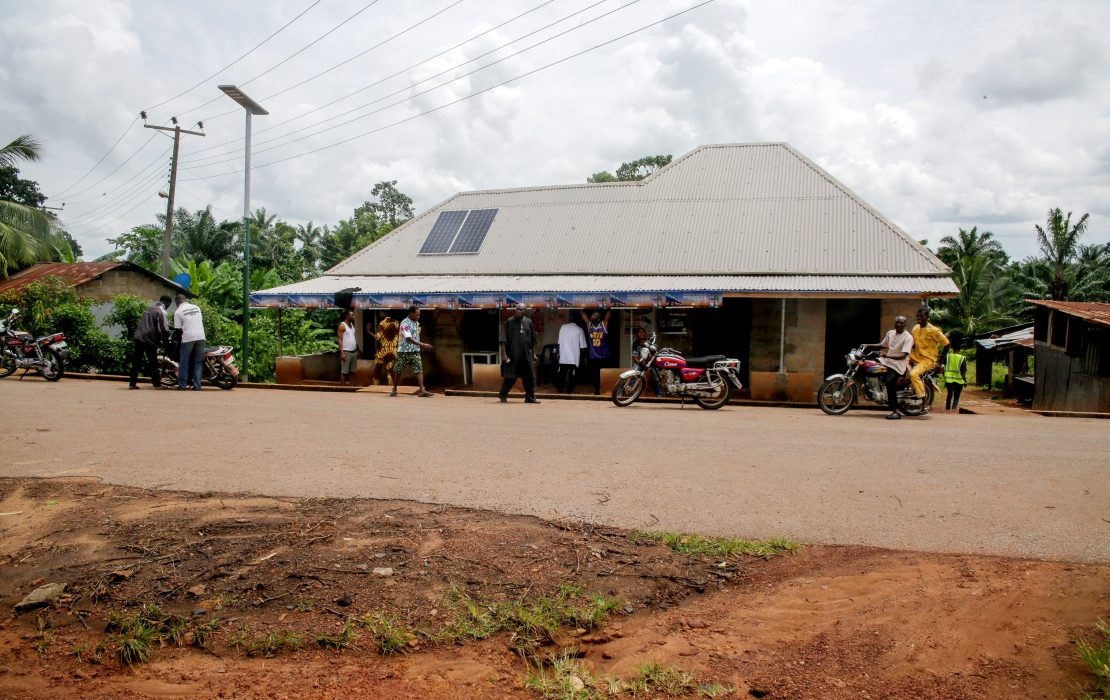
Photo: UNDP Cambodia
Energy plays a catalytic role in accelerating sustainable development, including poverty eradication, gender equality, health, education, transport, job creation and climate resilience. Yet 666 million people worldwide still live without access to electricity, many in remote areas where extending national grids remains technically and financially unviable.
Over 310 million people gained access to electricity in the past decade, with many rural communities in Africa and Asia deploying distributed renewable energy (DRE) systems, such as solar minigrids, that power entire villages.
Yet energy access remains fragile as climatic, economic and health shocks can quickly erode household and business incomes and disrupt demand. When these shocks occur, communities struggle to pay for electricity, risking disconnection precisely when power is most essential. These disruptions ripple outward: energy providers face rising defaults, while investors become increasingly wary of markets already perceived as high-risk.
Traditional policy and financial de-risking tools have helped improve investment conditions, but they cannot fully protect households, businesses, providers or investors from the income volatility that drives disconnection and undermines energy access.

Photo: Africa Minigrids Program
This raises an important question: what additional instruments can help safeguard progress when shocks occur?
UNDP’s latest report, ‘Insurance for energy access: Unlocking economic resilience in rural communities,’ investigates how insurance solutions can be integrated into DRE ecosystems to build community resilience, protect investor cashflows and stabilize energy provider operations.
When insurance cushions households from income or climate shocks, small businesses and smallholder farmers can continue paying for electricity, keeping essential technologies like solar irrigation and refrigeration running. Those same technologies then enhance climate resilience, sustain livelihoods and reduce future risk exposure. For investors, cashflows become more reliable and the financing case for scale improves. And for energy providers, insurance can play a key role across the value chain by protecting physical assets, recovering costs from product malfunction, and managing customer repayment risks.
Over time, this creates a self-reinforcing loop: insurance enables energy continuity, which powers productivity and resilience, reducing long-term vulnerability, and strengthening the sustainability of insurance itself.
While still emerging, early pilots in Africa are beginning to demonstrate the potential of integrated insurance solutions. In Nigeria, Bboxx, a renewable energy utility provider, partnered with the insurtech firm Turaco to bundle life and health coverage into pay-as-you-go solar payments, protecting households against income shocks while improving repayment rates. In Rwanda, mobile-enabled insurance for motorcycle drivers shows how trusted digital platforms can extend coverage to informal and low-income workers. And in Zambia, a partnership between Vitalite and Pula linked solar purchases with agricultural index insurance (parametric insurance). This type of insurance triggers payouts to farmers when a pre-defined drought index, such as a specific level of rainfall or soil moisture level, is met, enabling farmers to continue making energy payments even after drought-related losses.

Photos: Africa Minigrids Program

The next step is clear: to move from pilots to scale.
Achieving universal energy access for Africa and Asia’s most vulnerable residents ultimately depends on our ability to understand, manage and share risks.
At present, insurance remains a largely untapped instrument for improving energy access viability at scale. However, these examples demonstrate the potential insurance can play, especially when complemented with innovative financing models and policy reform, in stabilizing cash flows for energy companies and thereby providing a business case for investors and energy companies to reach a broader customer base. By aligning these tools and pooling risks across interconnected sectors such as agriculture, health and small enterprise, countries can absorb shocks before they cascade through the system.
Through the Africa Minigrids Program (AMP), UNDP is exploring de-risking approaches to help governments systematically identify, prioritize, and reduce investment risks in distributed renewable energy markets, bridging the gap between policy ambition and bankable projects. Insurance is emerging as a promising de-risking tool to strengthen the resilience of emerging energy markets. Governments, insurers, development partners, and energy providers must now work together to design, test, and scale solutions that link protection with access. Building insurance into the architecture of energy access from the start could turn vulnerability into resilience and make energy access not just a milestone but a guarantee.
UNDP’s new report, "Insurance for energy access: Unlocking economic resilience in rural communities", provides a landscape assessment of how insurance can complement existing de-risking tools and improve the viability of distributed renewable energy in vulnerable markets.